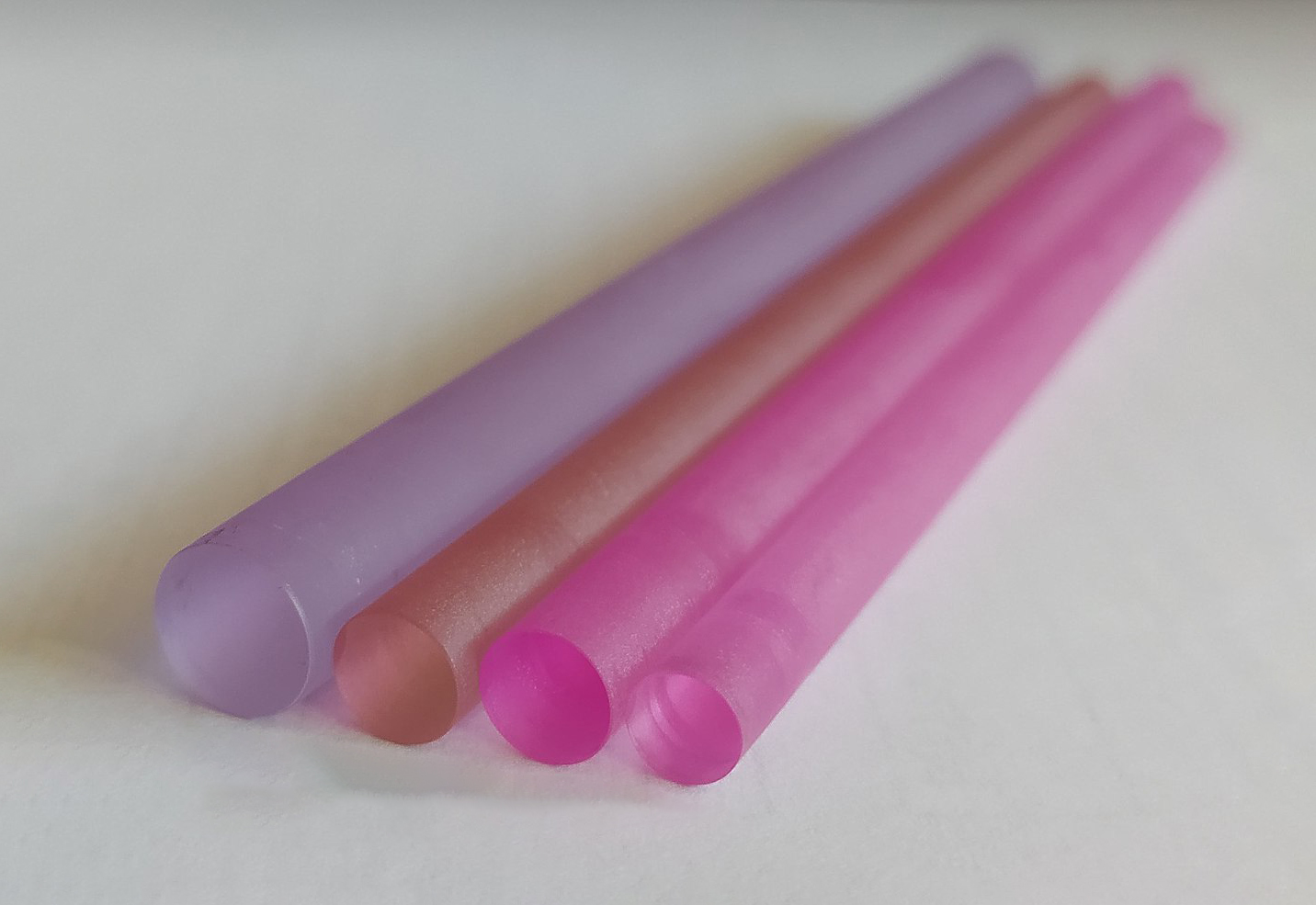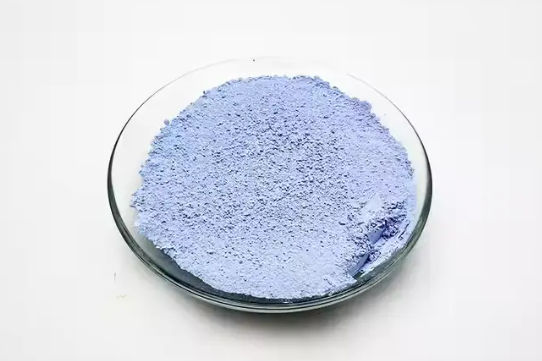
Ytterbium Oxide (Yb2O3) stands out as a captivating material, valued for its unique optical properties in laser technology. This article delves into the synthesis process of Yb2O3, explores its distinctive properties, and sheds light on its crucial role in high-power lasers.
The synthesis of Yb2O3 involves a meticulous process to ensure the formation of a crystal structure conducive to laser applications. One common method is the high-temperature solid-state reaction. Ytterbium oxide precursor materials undergo controlled heating, often exceeding 1000°C, leading to the creation of Yb2O3 crystals. This process demands precision to achieve the desired crystallinity and purity.
Another approach involves chemical methods, such as precipitation or sol-gel processes. These techniques offer advantages in controlling particle size and obtaining nanoscale Yb2O3, which can exhibit unique properties compared to bulk materials. Regardless of the method, the synthesis of Yb2O3 is a crucial step in harnessing its potential for laser applications.
Understanding the properties of Yb2O3 is paramount to leveraging its capabilities in laser technology:
Optical Properties: Yb2O3 possesses excellent optical properties, including a broad absorption band in the near-infrared region and efficient emission in the visible and infrared regions. These characteristics are vital for laser applications, where absorption and emission of light play a pivotal role.
High Absorption and Emission Cross Sections: Ytterbium ions in Yb2O3 exhibit high absorption and emission cross-sections, making them efficient for laser pumping and amplification. This is particularly advantageous in developing high-power lasers where conversion efficiency is a critical factor.
Thermal Stability: Yb2O3's remarkable thermal stability makes it crucial for lasers operating at high power levels. This stability ensures the crystal can withstand the intense thermal conditions associated with high-energy laser systems.
Crystal Structure: The crystal structure of Yb2O3 contributes to its optical and thermal properties. The careful control of the synthesis process influences the crystal structure, allowing for customization of the material based on specific laser requirements.
Yb2O3 finds extensive applications in the realm of high-power lasers:
Solid-State Lasers: Yb2O3 serves as a prominent gain medium in solid-state lasers. Its high absorption and emission cross-sections make it an excellent candidate for lasers generating high output powers.
Fiber Lasers: Yb-doped fiber lasers, where Yb2O3 is integrated into the fiber core, have become pivotal in industrial and research settings. These lasers benefit from the efficiency and thermal stability provided by Yb2O3.
High-Energy Laser Systems: Yb2O3 plays a crucial role in high-energy laser systems used in applications such as materials processing, defense, and scientific research. Its robust thermal stability ensures the reliability of these systems under demanding conditions.
Medical Lasers: Yb2O3 is employed in medical lasers for procedures like skin resurfacing and tattoo removal. The precise control over laser parameters facilitated by Yb2O3 contributes to the success of these applications.
In conclusion, Yb2O3's synthesis process, coupled with its exceptional properties, positions it as a cornerstone in the development of high-power lasers. The unique attributes of Yb2O3 continue to drive advancements in laser technology, promising a future of more powerful, efficient, and versatile laser systems.
For more information about ytterbium oxide materials and other rare earth oxides, please visit www.stanfordmaterials.com.
Eric Loewen
Eric Loewen graduated from the University of Illinois studying applied chemistry. His educational background gives him a broad base from which to approach many topics. He has been working with topics about advanced materials for over 5 years at Stanford Materials Corporation (SMC). His main purpose in writing these articles is to provide a free, yet quality resource for readers. He welcomes feedback on typos, errors, or differences in opinion that readers come across.

 Inquiry List
Inquiry List


